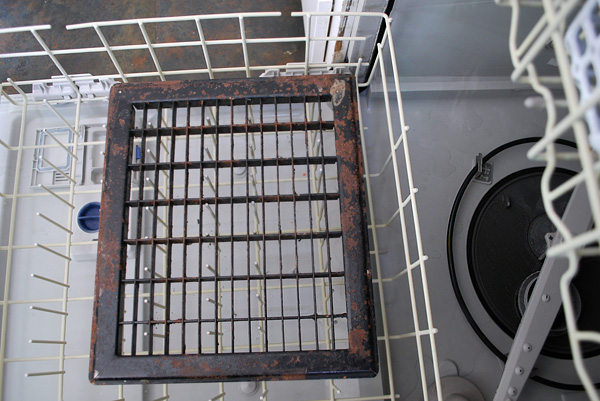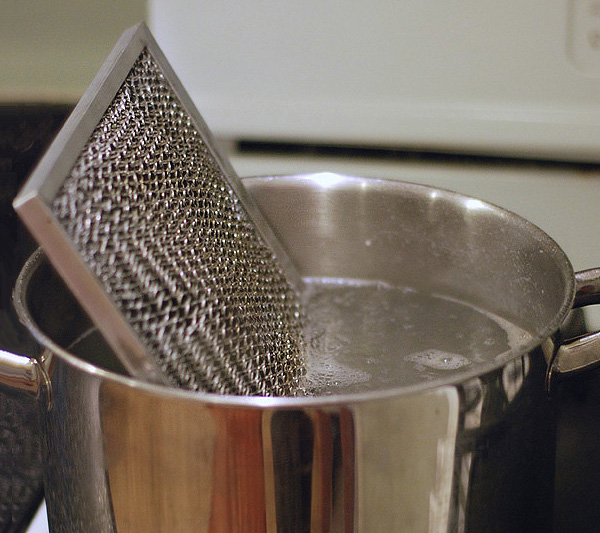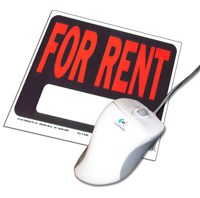Ah, house hunting. It may technically be shopping, but it can feel more like breaking and entering. Even though you know the seller wants you there, does anyone really want you traipsing through their bedroom? Or looking through their closet? Or digging around in their basement? Awwwwkward.
But here’s something that should feel weirder: buying a home without knowing absolutely everything you can about it. The only way to avoid the second awkwardness is to face the first head on. When you’re house hunting, don’t think of poking around in someone else’s home as nosiness. It’s a smart, must-do investigation.
Here are six things you should absolutely do when viewing a home — no matter how awkward it feels.
1. Soak in the Bathroom
Home buyers tend to peer into the bathroom for as long as they’d want a stranger to examine theirs: not long at all. But this isn’t the time to be quick. Josh Myler, a REALTOR® with The Agency in Los Angeles, encourages buyers to take a long, close perusal of the water closet.
Flush the toilet to find any backups in the system, and turn on the faucets to check the water pressure. Besides being annoying during showers, low pressure can indicate problems with the plumbing. “Water pressure can really cause headaches down the line if you don’t dig in before you make an offer,” says Myler. But always, always check with your agent first. In some markets, or with some sellers, it’s considered impolite to actually use the toilet. Or, if the owners already have moved, the water may be turned off. And that could be, ummm, awkward.
2. Dig Around in the Closets
OK, don’t actually go through the owner’s stuff, but take a close look to assess how much storage space there is, and decide if it’ll meet your needs. “People don’t like to open closets because they think it’s rude, but if you’re buying the house, it’s one of the biggest investments,” says Myler. “You want to make sure there’s enough room for everything you need.” Before you step foot in a single house, take inventory of your current storage space, and know how much you’d like your next home to have.
3. Poke Around the Attic and Basement
Don’t just stick your head inside and call it good. Give the basement and attic a thorough investigation. If there are belongings piled against the wall, request they be moved before a second viewing. “I get very nervous when I see a packed basement and stuff against the wall,” says Kyle Alfriend, lead agent of The Alfriend Group in Dublin, Ohio.
That’s because hidden walls and ceilings can conceal water damage, including peeling or discolored paint, rotting wooden accents, or a white, chalky substance on the wall, which indicates water intrusion. As for the attic, a quick glance should tell you what you need to know. Are there rat droppings? Molding wood? Or is it generally clean, even if dusty? BYO flashlight for an enlightened examination.
4. Meet the Neighbors
Sorry, introverts. There’s no better way to get a read on the neighborhood than by directly asking the actual neighbors. Pop by their home and strike up a chat. It’s a twofer: Not only might you get valuable information about the area — from the noisy bar on the street behind you to eager babysitters on the block — but paying attention to their attitude speaks volumes about your potential relationship with your maybe-neighbors. Do they seem excited to meet you? Or are they standoffish? “It’s not what they answer, but how they answer that will be very illuminating,” says Myler.
5. Be an Amateur Investigator
Anything seem fishy? Take your suspicions to city hall. If there are additions, pull the permits or get help from your buyer’s agent. You certainly don’t want to be responsible for tearing out that beautiful porch because the previous owners didn’t comply with the law. Also, check the certificate of occupancy and any easements — especially if you’re hoping to make any major changes. Both are public record. An easement simply gives someone the right to use property they don’t own. Often that other someone is your local government that needs it for public services, such as water. Myler remembers a friend who purchased a home with the goal of building a pool, only to find out an easement for the sewer line cut directly through the middle of the yard. Another common use is a shared driveway, such as when one homeowner has to pass through another homeowner’s property to reach their home.
6. Ask Questions
If your sleuthing finds something concerning, don’t panic.
“Many times, there’s stuff that, at first glance, is real scary,” says Alfriend. “Often people will write off a house without digging into it, but there’s usually a perfectly logical, understandable reason, and it’s not a problem.”
Say you find a gaping hole in the drywall. It might be a huge red flag — or they might have rambunctious kids they absolutely plan to clean up after. “Boys can wrestle and put a foot through the thing, and it’s 30 minutes before a showing,” Alfriend says. There’s not much the sellers can do at that point.
With any problem, your first step is simple: Ask.
“Visit HouseLogic.com for more articles like this. Reprinted from HouseLogic.com with permission of the NATIONAL ASSOCIATION OF REALTORS®.”
























